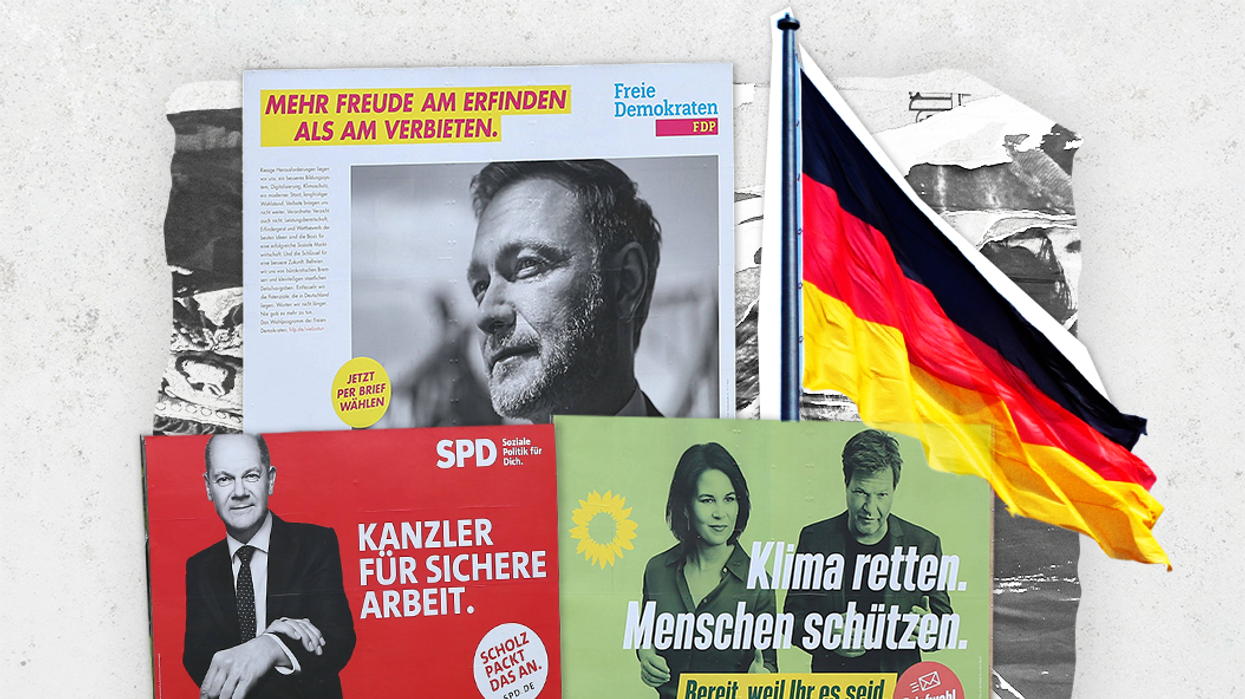News
Enter Olaf — can he keep Germany’s traffic light blinking?
The pragmatic, robotic, determined leader of the German social democrats now holds the reins of Europe’s largest economy. But he leads a tricky three-way coalition government, and faces a few immediate and longer-term challenges.
Dec 10, 2021


